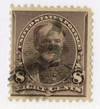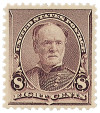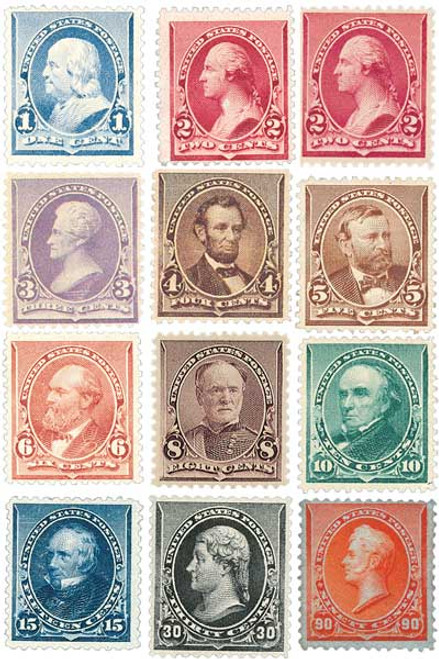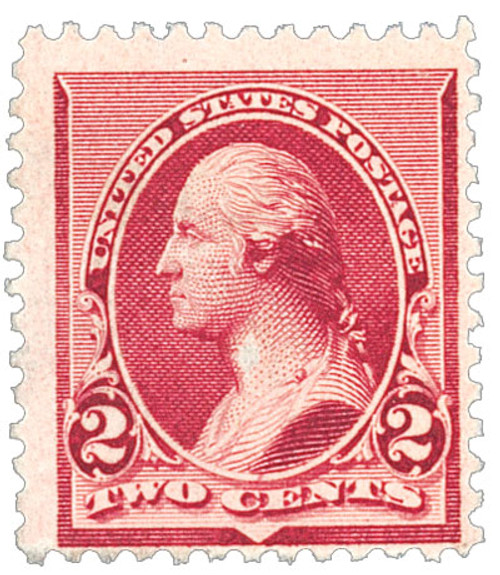
# 225 - 1893 8c Sherman, lilac
U.S. #225
1890-93 Regular Issue 8¢ Sherman
Issue Date: March 21, 1893
Issue Quantity: 12,087,800
Printed by: American Bank Note Company
Method: Flat plate
Watermark: None
Perforation: 12
Color: Lilac
Battle Of Chattanooga
The city of Chattanooga, Tennessee, was a vital rail hub and a manufacturing center for iron. During the Chickamauga Campaign, which began in August 1863, the Union Army of the Cumberland had forced the Army of Tennessee to leave Chattanooga and move into Georgia.
Union General William Rosecrans led in the pursuit of the Confederates. After a surprising defeat at Chickamauga, the Union Army withdrew to Chattanooga, using the defenses the Confederates had previously constructed for protection.
Southern commander General Braxton Bragg and his troops followed the enemy into Tennessee and established positions on Missionary Ridge to the east of Chattanooga and Lookout Mountain to the southwest. The city was under siege and the Union Army was cut off from supply lines. As the weeks progressed, the threat of starvation became real as rations for the men and animals dwindled away.
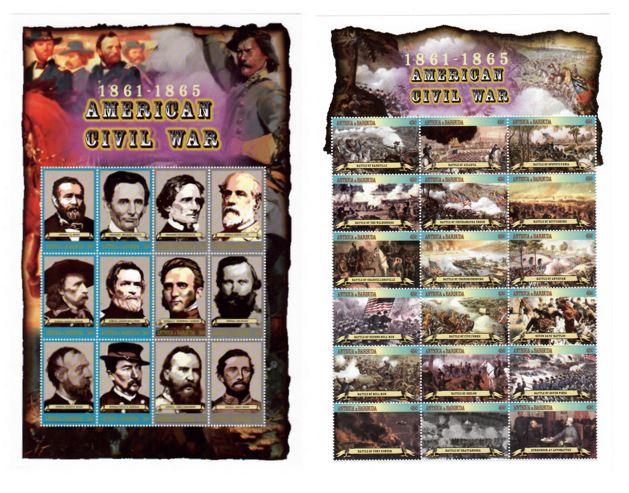
General Ulysses S. Grant became commander of the new Military Division of the Mississippi, which included the Union forces west of the Mississippi. He learned Rosecrans was planning to retreat from Chattanooga and replaced him with General George Thomas. Grant telegraphed Thomas, “Hold Chattanooga at all hazards. I will be there as soon as possible.” Thomas replied, “We will hold the town until we starve.”

Supplies were available 20 miles to the west in Alabama but washed out roads and Confederate units along the way made it impossible for them to reach Chattanooga. Grant arrived from the north with a cavalry escort. Chief engineer William “Baldy” Smith briefed the general on his plan for an alternate supply route. After overrunning small Southern forces and building a bridge in a day, supplies began flowing. At first, it was food, then blankets and medicine made it along “The Cracker Line.” Finally, the ammunition arrived, and the Union Army prepared to break the siege.
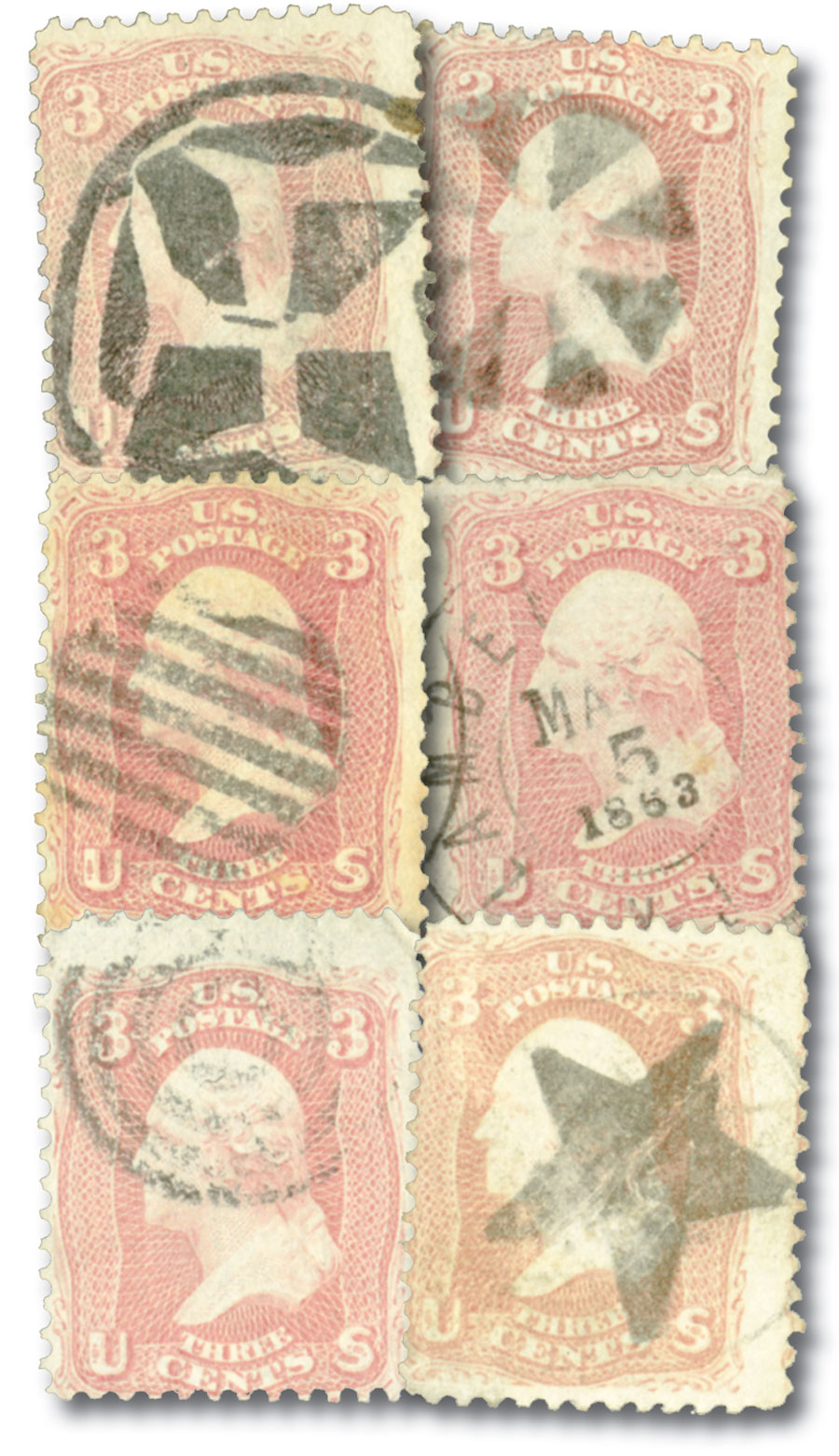
On November 23, 1863, Grant received word from Confederate deserters that Bragg had sent some of his divisions to Knoxville to open up the rail lines now under the control of the Union Army of the Ohio. He knew he needed to act quickly to regain control of Chattanooga and keep Bragg from sending more men to Knoxville.
At 1:30 pm, 14,000 Union soldiers marched toward Orchard Knob, a 100-foot tall knoll to the east of the city. The 600 Confederate defenders were only able to get off one volley before the much larger force overran them. The knob became Grant and Thomas’ headquarters for the rest of the battle.
As morning dawned the following day, Union forces prepared to attack the Southern Army from two directions. Major General Joseph Hooker and 10,000 men were positioned to the west of Lookout Mountain. Grant ordered Hooker to “take the point only if his demonstration should develop its practicability.” The aggressive Hooker, in turn, ordered his men to “assault Lookout Mountain, marching down the valley and sweeping every rebel from it.” The larger Northern force easily swept the base of the mountain and began assaulting the top.
By about 3:00 pm, a thick fog had surrounded the mountain. An observer at Orchard Knob called the engagement the “Battle Above the Clouds.” Within hours, Bragg ordered his troops off the mountain.

Meanwhile, Major General William Sherman and the divisions under his command had avoided being seen by Bragg and were positioned to the north of Missionary Ridge. Sherman ordered his men to take a hill that he thought was the north end of the ridge. It was, in fact, a separate rise known as Billy Goat Hill. Observing the Confederates fortified on Tunnel Hill to the south, Thomas instructed his men to dig in for the night.
Grant’s plan for November 25 was to attack Missionary Ridge from three directions. Hooker and his men set out for Rossville Gap, the southernmost part of the ridge. Sherman was to take Tunnel Hill at first light. Thomas would then lead his troops into the Confederate rifle pits in the center.
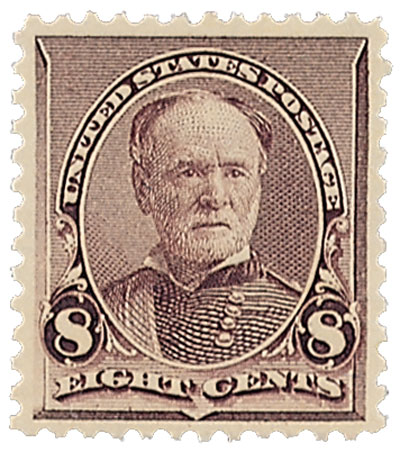
Hooker’s troops were slowed at the Chattanooga Creek because retreating Confederate units had burned the bridges. This delayed his advance by about three hours as a makeshift crossing was constructed. The general divided his force for a three-pronged attack. The greatly outnumbered Southern army soon surrendered. In the north, Sherman launched several attacks against Tunnel Hill, but the Confederates remained entrenched.
Grant ordered the center assault to begin at 3:00 pm. Thomas commanded 24,000 soldiers as they surged to the rifle pits at the base of the mountains. Rather than holding their position, as Grant had planned, the men continued up the mountain and broke through the Army of Tennessee. By 4:30, Bragg’s men fled in panic.
The siege at Chattanooga was broken and the Union gained control of this important city. It opened up the south, becoming a supply base for Sherman’s Atlanta Campaign the next year. Bragg resigned from command of the Army of Tennessee on December 1.
Click here for more Civil War stamps.
U.S. #225
1890-93 Regular Issue 8¢ Sherman
Issue Date: March 21, 1893
Issue Quantity: 12,087,800
Printed by: American Bank Note Company
Method: Flat plate
Watermark: None
Perforation: 12
Color: Lilac
Battle Of Chattanooga
The city of Chattanooga, Tennessee, was a vital rail hub and a manufacturing center for iron. During the Chickamauga Campaign, which began in August 1863, the Union Army of the Cumberland had forced the Army of Tennessee to leave Chattanooga and move into Georgia.
Union General William Rosecrans led in the pursuit of the Confederates. After a surprising defeat at Chickamauga, the Union Army withdrew to Chattanooga, using the defenses the Confederates had previously constructed for protection.
Southern commander General Braxton Bragg and his troops followed the enemy into Tennessee and established positions on Missionary Ridge to the east of Chattanooga and Lookout Mountain to the southwest. The city was under siege and the Union Army was cut off from supply lines. As the weeks progressed, the threat of starvation became real as rations for the men and animals dwindled away.

General Ulysses S. Grant became commander of the new Military Division of the Mississippi, which included the Union forces west of the Mississippi. He learned Rosecrans was planning to retreat from Chattanooga and replaced him with General George Thomas. Grant telegraphed Thomas, “Hold Chattanooga at all hazards. I will be there as soon as possible.” Thomas replied, “We will hold the town until we starve.”

Supplies were available 20 miles to the west in Alabama but washed out roads and Confederate units along the way made it impossible for them to reach Chattanooga. Grant arrived from the north with a cavalry escort. Chief engineer William “Baldy” Smith briefed the general on his plan for an alternate supply route. After overrunning small Southern forces and building a bridge in a day, supplies began flowing. At first, it was food, then blankets and medicine made it along “The Cracker Line.” Finally, the ammunition arrived, and the Union Army prepared to break the siege.

On November 23, 1863, Grant received word from Confederate deserters that Bragg had sent some of his divisions to Knoxville to open up the rail lines now under the control of the Union Army of the Ohio. He knew he needed to act quickly to regain control of Chattanooga and keep Bragg from sending more men to Knoxville.
At 1:30 pm, 14,000 Union soldiers marched toward Orchard Knob, a 100-foot tall knoll to the east of the city. The 600 Confederate defenders were only able to get off one volley before the much larger force overran them. The knob became Grant and Thomas’ headquarters for the rest of the battle.
As morning dawned the following day, Union forces prepared to attack the Southern Army from two directions. Major General Joseph Hooker and 10,000 men were positioned to the west of Lookout Mountain. Grant ordered Hooker to “take the point only if his demonstration should develop its practicability.” The aggressive Hooker, in turn, ordered his men to “assault Lookout Mountain, marching down the valley and sweeping every rebel from it.” The larger Northern force easily swept the base of the mountain and began assaulting the top.
By about 3:00 pm, a thick fog had surrounded the mountain. An observer at Orchard Knob called the engagement the “Battle Above the Clouds.” Within hours, Bragg ordered his troops off the mountain.

Meanwhile, Major General William Sherman and the divisions under his command had avoided being seen by Bragg and were positioned to the north of Missionary Ridge. Sherman ordered his men to take a hill that he thought was the north end of the ridge. It was, in fact, a separate rise known as Billy Goat Hill. Observing the Confederates fortified on Tunnel Hill to the south, Thomas instructed his men to dig in for the night.
Grant’s plan for November 25 was to attack Missionary Ridge from three directions. Hooker and his men set out for Rossville Gap, the southernmost part of the ridge. Sherman was to take Tunnel Hill at first light. Thomas would then lead his troops into the Confederate rifle pits in the center.

Hooker’s troops were slowed at the Chattanooga Creek because retreating Confederate units had burned the bridges. This delayed his advance by about three hours as a makeshift crossing was constructed. The general divided his force for a three-pronged attack. The greatly outnumbered Southern army soon surrendered. In the north, Sherman launched several attacks against Tunnel Hill, but the Confederates remained entrenched.
Grant ordered the center assault to begin at 3:00 pm. Thomas commanded 24,000 soldiers as they surged to the rifle pits at the base of the mountains. Rather than holding their position, as Grant had planned, the men continued up the mountain and broke through the Army of Tennessee. By 4:30, Bragg’s men fled in panic.
The siege at Chattanooga was broken and the Union gained control of this important city. It opened up the south, becoming a supply base for Sherman’s Atlanta Campaign the next year. Bragg resigned from command of the Army of Tennessee on December 1.
Click here for more Civil War stamps.





